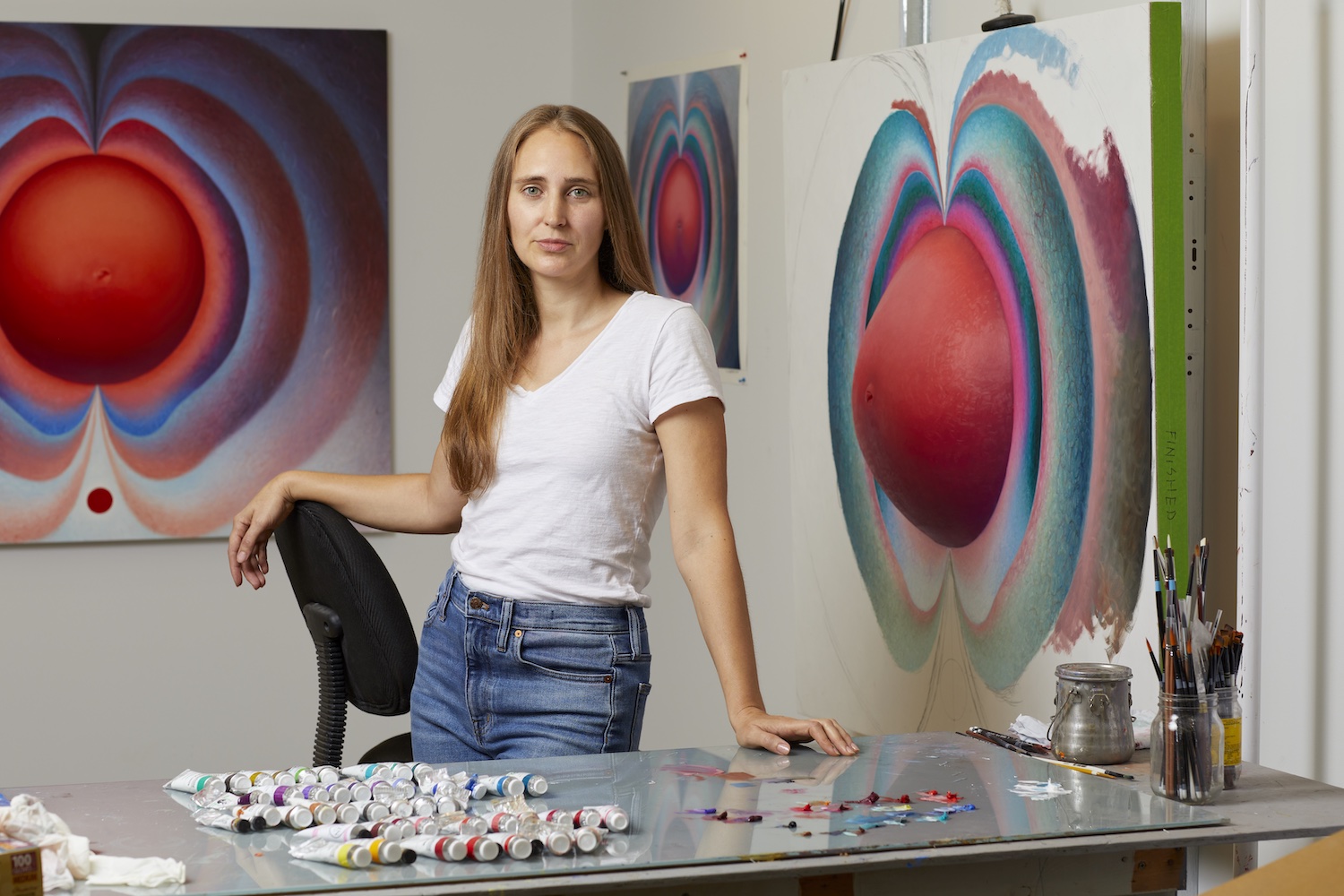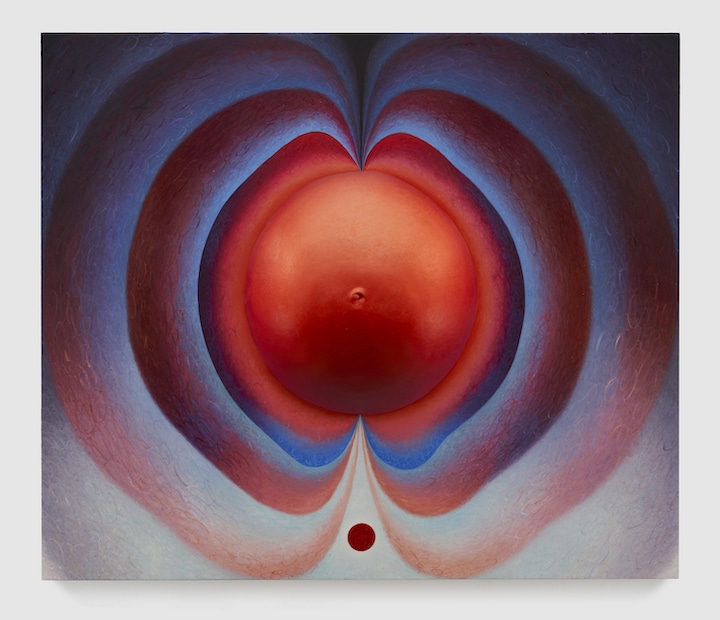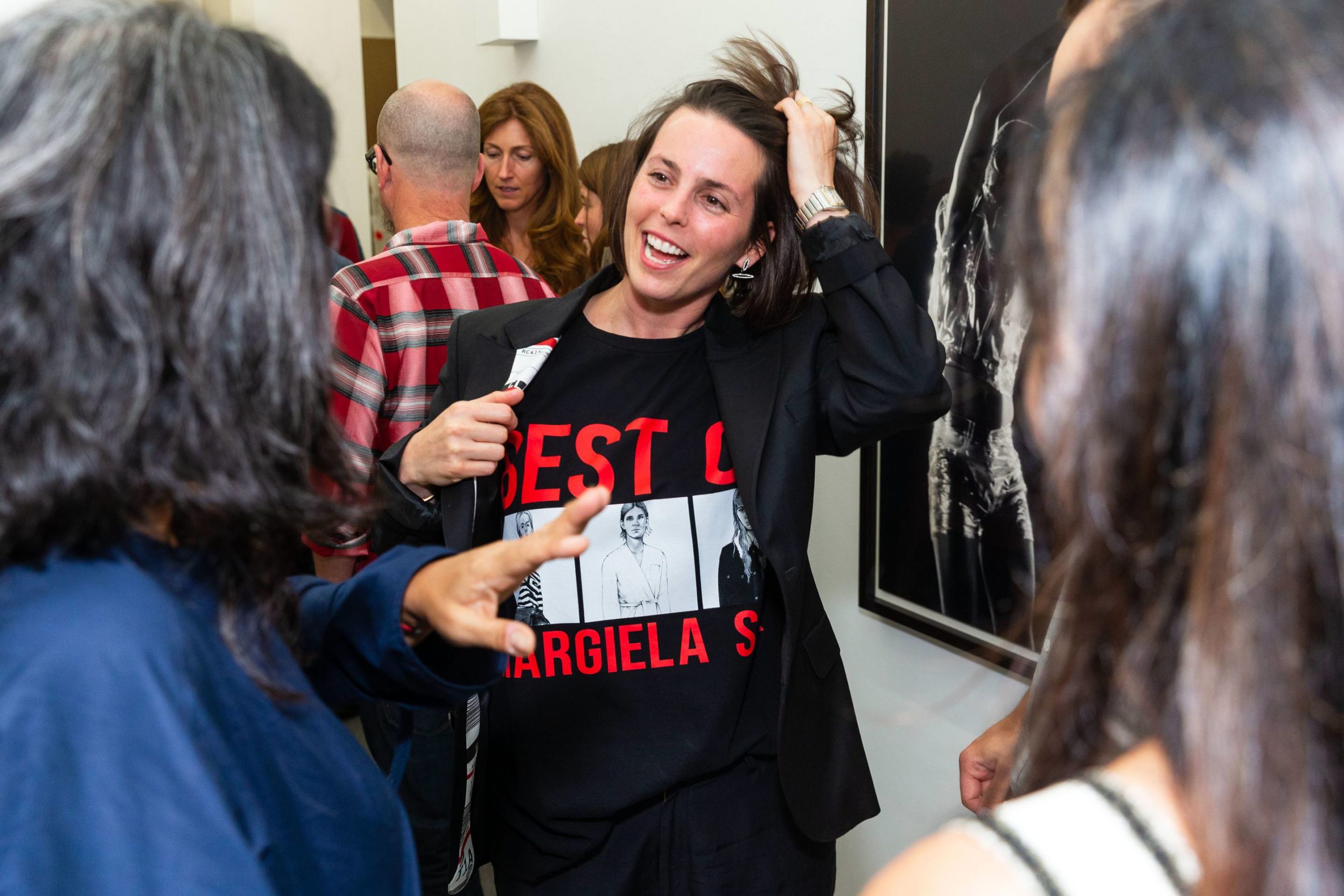In six short years, the dealer, curator, director, and writer, Jessica Silverman, has acquired a reputation for discovering emerging artists via her San Francisco space, the Jessica Silverman Gallery, which is nestled between the city’s run-down Tenderloin district and the well-heeled Nob Hill.
Before meeting her for this interview, we knew her mainly for the excellent roster of artists she represents—which run the gamut in practices, from Luke Butler’s send-ups of male pop-culture figures, and Desiree Holman’s videos of fantastical avatar battles and dance-offs, to Christopher Badger’s abstract charcoal wall works, sculpture, and explorations of measurement systems. We spoke to her about her program and the San Francisco art scene.
WHITEWALL: You’re known as one of the bigger risk-takers in the San Francisco gallery scene. What are the challenges in dealing with artists who are conceptual?
JESSICA SILVERMAN: I trust what I like and appreciate challenging work. I am also interested in aesthetics and beauty, so I have worked to develop a program that embodies both conceptual rigor and visual interest. We focus on solo exhibitions with artists who have never shown in San Francisco, or even in America. I guess it is risky, but we’ve built a program and a business model that people trust and respect.
WW: Desiree Holman’s videos are fantastic, but I imagine they’re hard to sell. Is that the case?
JS: Desiree’s videos are predominantly three-channel, which means we have most success with institutions and foundations. Desiree also makes beautiful works on paper and we just had a very successful booth with her at The Armory Show in New York. I also represent the LA-based artist Dashiell Manley, who makes videos that blend thousands of still photographs taken during the production of his double-sided paintings. Collectors are so interested in his work that we have a waiting list.
WW: How do you see San Francisco as a distinct community and market from other art communities in the country? Do you ever think about moving the gallery to New York or LA, for instance?
JS: I like that I have been able to grow my program without being under a microscope and have the opportunity to present new artists to California and San Francisco. The gallery is committed to San Francisco, but we also show at art fairs, including Art Basel, FIAC, Frieze, EXPO Chicago, and Dallas Art Fair. LA is enticing because I represent a few LA-based artists and we could potentially reach a broader audience there, but I’m not sure that’s the case—just today I had three different collectors from LA in the gallery.
WW: Recently, there was a piece in the Wall Street Journal that claimed that the second wave tech boom is creating a new collector base in the Bay Area. Have you seen evidence of that?
JS: Moving away from the computer screen and into an art gallery is exciting and we enjoy being a part of the education process for new collectors. However, when people are new to collecting, they tend to start by buying from mainstream dealers like Gagosian rather than galleries that represent emerging artists. This summer we’re going to present a group show “Infinite Inclusion” that will explore the everyday surrealism of our 21st century media environment. The exhibition will include sculpture, painting, photography and installation by Aleksandra Domanović, Carter Mull, Sean Raspet, and Hannah Sawtell, and I think it will interest the tech community.
WW: Do you see the role of a dealer as an educator?
JS: Yes, this business is educational, but never didactic. That might be the biggest part of the job, especially because I am the primary dealer for most of the artists in my roster and work diligently to promote their work to curators, collectors, and dealers elsewhere.
WW: Are you selective about who you sell to? What does the ideal collector look like?
JS: The ideal collector is committed to keeping the work, displaying it well, and loaning it to museums when necessary. I prefer to sell to collectors who I have met in person, and who support the gallery’s program as a whole, rather than ones who only want to buy our trendy artists. I’m in the field of building careers and, although sales and the commercial side is a huge aspect of what we do, I’m equally interested in a collector’s ability to support an artist over time.










